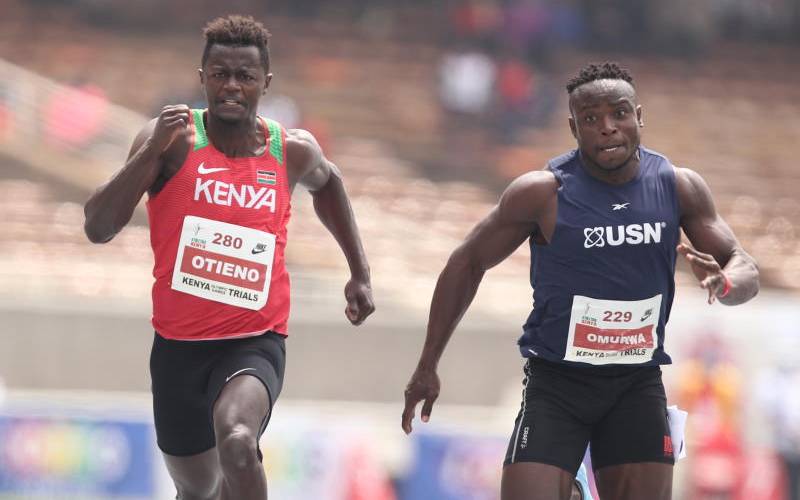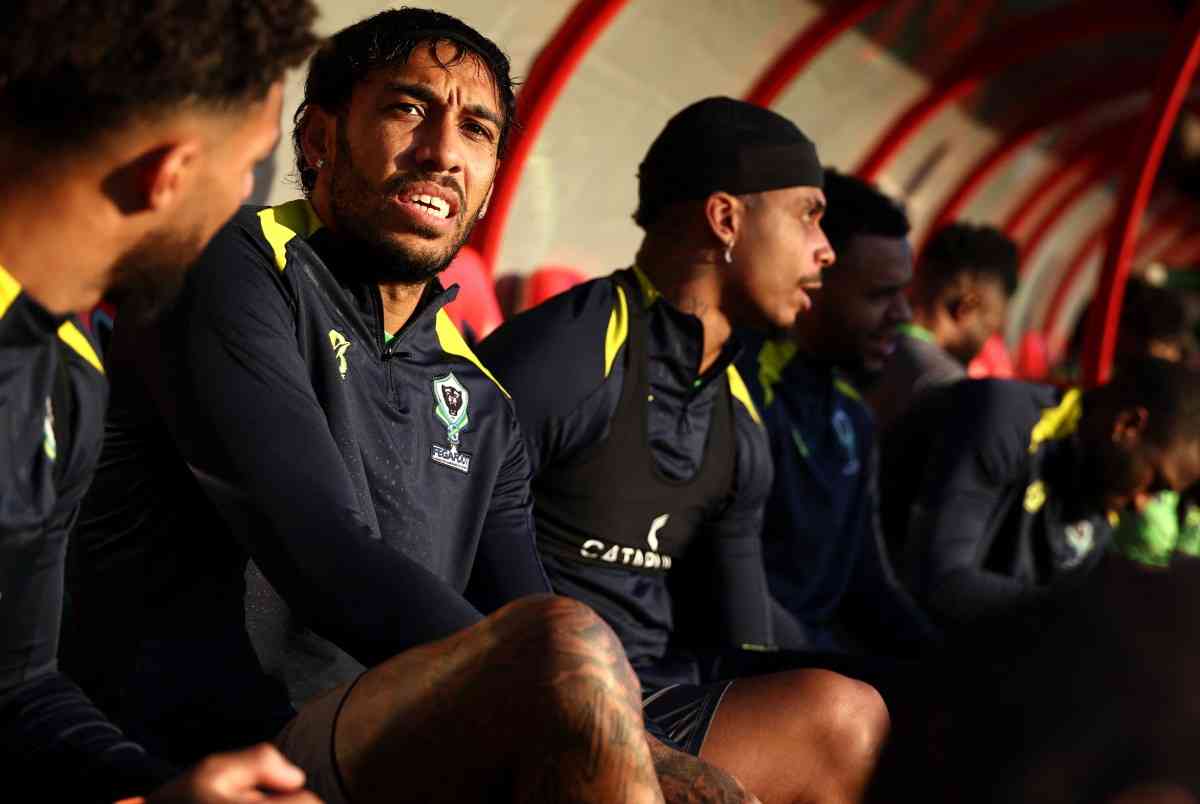×
The Standard e-Paper
Home To Bold Columnists

Mark Otieno and Ferdinand Omanyala crossing the finish line in the Men's 100meters finals during trials for Tokyo Olympic games at Kasarani stadium.[Jonah Onyango,Standard]
Boy! Sprinter Ferdinand Omanyala’s life, or rather athletics career, will never be the same again. This is after the 25-year-old rocketed into a new realm of sprinting by clocking 9.86 seconds at the Josko Lauf Meet in Austria on Saturday.
